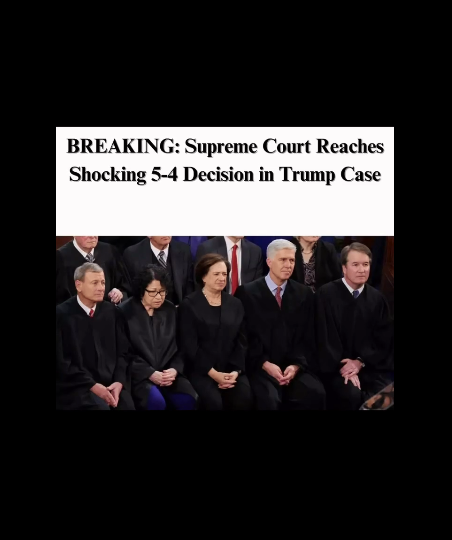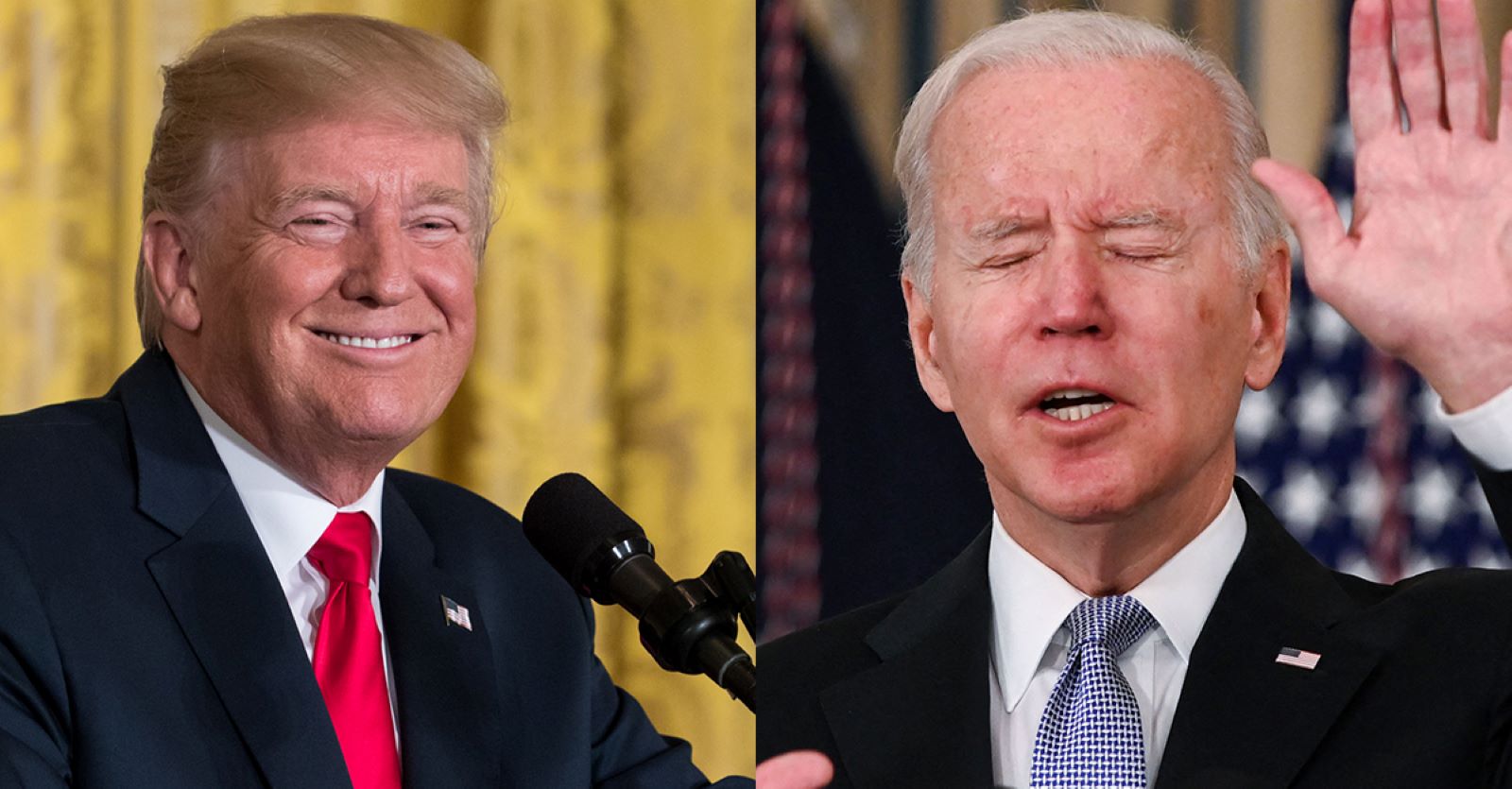5-4 Supreme Court Ruling Reverses Trump’s Foreign Aid Ban, Leading to Major Change
Introduction
On March 4, 2025, the U.S. Supreme Court delivered a pivotal 5-4 ruling, reversing a controversial decision by the Trump administration to freeze billions of dollars in foreign aid. These funds, approved by Congress for a variety of global health, development, and humanitarian initiatives, were crucial to addressing urgent international needs. This ruling underscores the continuing debate about the balance of power between the executive branch and Congress, particularly in regard to federal spending. It also brings to the forefront questions of executive authority, judicial oversight, and the impact of such decisions on global affairs.
Case Background
The controversy began in January 2025 when the Trump administration, citing a need to realign federal spending priorities, froze billions in foreign aid. This decision affected funding for numerous programs that provide critical support in areas such as global health, poverty alleviation, disaster relief, and peacebuilding efforts. The administration’s freeze raised alarms among many lawmakers, advocacy groups, and nonprofit organizations, who viewed the move as a politically motivated action rather than a fiscally driven one.
In response, several nonprofit organizations filed a lawsuit arguing that the executive branch had overstepped its bounds by unilaterally halting congressionally approved foreign aid. These groups contended that the U.S. Constitution grants Congress, not the president, the authority to control federal spending. U.S. District Judge Amir Ali ruled in favor of the plaintiffs, ordering that the frozen funds be released immediately. However, the Trump administration appealed the decision, and the case ultimately reached the Supreme Court.
Supreme Court Decision
In a narrow 5-4 decision, the Supreme Court ruled to uphold the lower court’s directive to release the frozen foreign aid funds. The majority of the justices argued that, according to the Constitution, funds that Congress has allocated must be distributed as planned, asserting that the executive branch does not have the power to block such spending without congressional approval. This ruling effectively placed a judicial check on executive power, reinforcing the principle that fiscal decisions must adhere to the will of Congress, especially when it comes to funds already designated by law for specific purposes.
On the other hand, the dissenting justices contended that the lower courts had overstepped their jurisdiction by dictating how executive spending decisions should be executed. They argued that the president retains certain prerogatives over foreign policy and fiscal matters, especially in times of national or global crisis. Despite this, the majority’s decision prevailed, highlighting the Court’s commitment to maintaining the balance of power between the branches of government.
Implications
The ruling has far-reaching implications for the future of U.S. foreign policy and fiscal governance. The immediate impact will be felt globally, as it ensures the continuation of essential foreign aid programs that address public health crises, humanitarian emergencies, and socio-economic development in some of the world’s most vulnerable regions. These programs, which rely on timely and consistent funding, can now proceed without interruption, offering a lifeline to millions of people worldwide.
Executive Power: The ruling serves as a reinforcement of judicial oversight in checking executive overreach. By emphasizing that the president cannot unilaterally freeze congressionally approved funds, the decision upholds the system of checks and balances that lies at the heart of the U.S. government. It sets a precedent that future fiscal and foreign policy decisions must align with legislative approval and the Constitution.
Global Humanitarian Impact: On the international stage, the decision demonstrates the U.S.’s ongoing commitment to supporting global stability and humanitarian efforts. Foreign aid plays a crucial role in advancing health initiatives, combating poverty, and fostering global peace. This ruling reassures the global community that U.S. funding for these critical initiatives will continue, despite political shifts.
International Relations: The Supreme Court’s decision also signals to the international community that U.S. foreign policy will be subject to judicial oversight, especially when there are concerns about its potential politicization or misuse for domestic political gain. The ruling reflects a commitment to transparency and the prevention of executive actions that could undermine the U.S.’s standing on the world stage.
Future Legal and Political Battles
Although the Supreme Court’s decision clears the path for the release of the foreign aid funds, the ruling leaves significant room for future legal and political debates. Lower courts will now determine the specifics of how the funds are to be disbursed, and it remains to be seen how the executive branch will respond to these instructions.
Additionally, the case highlights the broader debate over the scope of executive power in relation to Congress’s control over the federal budget. This ruling sets a new precedent in how the separation of powers is interpreted, particularly concerning fiscal policy and international relations. It also raises questions about the future role of the judiciary in mediating between the executive and legislative branches, especially when it comes to foreign aid and spending.
Conclusion
The Supreme Court’s decision marks a landmark moment in the ongoing struggle to define the limits of executive authority and protect congressional power in determining federal spending. By overturning the Trump administration’s attempt to freeze foreign aid, the Court not only safeguards vital global health and humanitarian programs but also reinforces the importance of checks and balances in American governance. This ruling, with its emphasis on adhering to constitutional principles, will have lasting implications for future debates on U.S. foreign policy, the role of the judiciary, and the relationship between the branches of government. It also serves as a reminder of the delicate balance required to navigate the intersection of domestic politics and international obligations.



